Sustainable Circular Economies – One Community Weekly Progress Update #309
Sustainable circular economies are models for sustainable stewardship of all aspects of our lives and our planet. These include food, energy, housing, education, for-profit and non-profit economic design, social architecture, fulfilled living, global stewardship practices, and more. One Community is creating these as a self-replicating model for individual empowerment and global sustainability.
- Here’s our project overview
- Here’s our world-change methodology
- Here’s how this becomes self-replicating
- Here’s how we are open source and free-sharing all the do-it-yourself designs

OUR MAIN OPEN SOURCE HUBS
Click on each icon to be taken to the corresponding Highest Good hub page.
One Community’s physical location will forward this movement as the first of many self-replicating teacher/demonstration communities, villages, and cities to be built around the world. This is the February 24th, 2019 edition (#309) of our weekly progress update detailing our team’s development and accomplishments:
Sustainable Circular Economies
One Community Progress Update #309
Here is the bullet-point list of this last week’s design and progress discussed in detail in the video above:
SUSTAINABLE CIRCULAR ECONOMIES: INTRO: @0:34
SUSTAINABLE CIRCULAR ECONOMIES: HIGHEST GOOD HOUSING: @6:04
- Created version 1 of the most sustainable urinal options page (see below)
- Hemanth Kotaru completed his 30th week helping with the structural engineering research and calculations for the Earthbag Village (see below)
- Dan Alleck began work on the main Earthbag Village render by improving colors, fixing plants, and replacing the sky (see below)
- Dean Scholz continued working on the Earthbag Village, focusing on modeling a tabletop grill and continuing with texture testing and updates (see below)
SUSTAINABLE CIRCULAR ECONOMIES: DUPLICABLE CITY CENTER: @7:23
- Continued with week 7 of our research into lake and water retention landscape creation as an alternative source of water for the Duplicable City Center Sprinkler and Emergency Systems Designs, agriculture, greywater processing, and more (see below)
- Continued building the new page sharing the best, safest, and most sustainable paints, stains, varnishes, and sealants (see below)
- Began the process of modeling the new Duplicable City Center interior design details (see below)
- Completed our final review of the lighting plan for the City Center (see below)
- Tanya Griffin, Aubryanne Boyle, and Allie Marsh completed their 8th week helping with the Duplicable City Center interior design details (see below)
- David Olivero finished the first complete draft of the HVAC tutorial (see below)
- Sneha Dongre continued with her 2nd week helping with the Duplicable City Center structural details, continuing the process of removing all the non-structural lines and components in AutoCAD and adding in missing ones (see below)
SUSTAINABLE CIRCULAR ECONOMIES: HIGHEST GOOD FOOD: @9:46
- Continued writing the behind-the-scenes narrative and detailed food rollout plan for the various stages of development (see below)
- Guy Grossfeld completed his 7th week working on creating an open source icon and symbol set for our permaculture designs (see below)
SUSTAINABLE CIRCULAR ECONOMIES: HIGHEST GOOD EDUCATION: @10:38
- With over 8 years of development invested in the Education for Life component, this part of One Community is now complete enough to no longer focus and report on it with weekly updates. That is, of course, until we move onto the property and continue the development and open sourcing process with teachers and students. Visit the Education section below for links to all the completed elements of this component and details on the final remaining action items for this area of One Community before moving onto the property and fully launching it.
SUSTAINABLE CIRCULAR ECONOMIES: HIGHEST GOOD SOCIETY: @11:43
- Emilio Nájera continued with his 20th week as part of the marketing team, refactoring the Sustainability, water-saving toilets, and water-saving shower heads keyword strategies (see below)
- Highest Good Network software team consisting of Jordan Miller, Tyler Calvert and Justin Kunz continued developing the software (see below)
SUSTAINABLE CIRCULAR ECONOMIES: SUMMARY: @12:51
-
-
- How you can most help us right now and how anyone can help
-
CLICK HERE IF YOU’D LIKE TO RECEIVE AN EMAIL EACH WEEK WHEN WE RELEASE A NEW UPDATE
YOU CAN ALSO JOIN US THROUGH SOCIAL MEDIA
ONE COMMUNITY WEEKLY UPDATE DETAILS
SUSTAINABLE CIRCULAR ECONOMIES: HIGHEST GOOD HOUSING PROGRESS
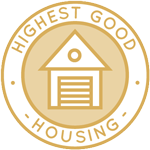 One Community is forwarding sustainable circular economies through Highest Good housing that is artistic and beautiful, more affordable, more space efficient, lasts longer, DIY buildable, and constructed with healthy and sustainable materials:
One Community is forwarding sustainable circular economies through Highest Good housing that is artistic and beautiful, more affordable, more space efficient, lasts longer, DIY buildable, and constructed with healthy and sustainable materials:
-
-
- Learn about: Our Upcoming Crowdfunding Campaign
- Learn about the different village models: 7 Sustainable Village Models
- Visit the open source portals for the first two: Earthbag Village OS Hub | Straw Bale Village OS Hub
-
This week the core team created version 1 of the most sustainable urinal options page. This included formatting, social media imagery, and adding the best two urinals we’ve found plus all the best choices for the cleaning and odor-fighting blocks. You can see some of this work here.
Hemanth Kotaru (Structural Engineer) completed his 30th week helping with the structural engineering research and calculations for the Earthbag Village (Pod 1). This week he created a spreadsheet that determines nail density between the earthbag courses. You can see some of this work-in-progress here.
Dan Alleck (Designer and Illustrator) completed his 38th week helping with Earthbag Village render additions. This week he began work on the main Earthbag Village render by improving colors, fixing plants, and replacing the sky.
Dean Scholz (Architectural Designer) continued working on the Earthbag Village (Pod 1). Here is weekly update #150 from Dean. This week’s focus, as shown in these images, was modeling a tabletop grill and continuing with texture testing and updates.
SUSTAINABLE CIRCULAR ECONOMIES: DUPLICABLE CITY CENTER PROGRESS
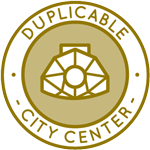 One Community is forwarding sustainable circular economies through a Duplicable and Sustainable City Center that is LEED Platinum certified/Sustainable, can feed 200 people at a time, provide laundry for over 300 people, is beautiful, spacious, and saves resources, money, and space:
One Community is forwarding sustainable circular economies through a Duplicable and Sustainable City Center that is LEED Platinum certified/Sustainable, can feed 200 people at a time, provide laundry for over 300 people, is beautiful, spacious, and saves resources, money, and space:
-
-
- Learn about this building and it’s function: Duplicable City Center Open Source Hub
-
This week, the core team continued with week 7 of our research into lake and water retention landscape creation as an alternative source of water for the Duplicable City Center Sprinkler and Emergency Systems Designs, agriculture, greywater processing, and more. This week we explored a new information source, created our first dam in 3D, and added new graphics and content to the chart we’ve created sharing the various kinds and applications for dams. You can see some of this work here.
The core team also continued building the new page sharing the best, safest, and most sustainable paints, stains, varnishes, and sealants. This week we added the best choices for sustainable primers, which you can see here.
And the core team began the process of modeling the new Duplicable City Center interior design details. Here you can see our outlines of everything needed and final updates to the cost analysis sheet.
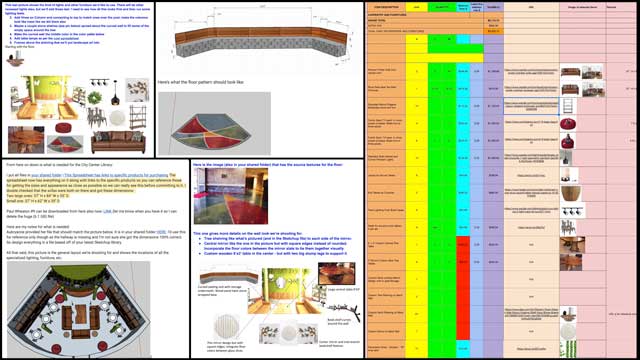
Began the Process of Modeling the New Duplicable City Center Interior Design Details – Click for Page
And here are the first renders from the process where we placed the polished floor design, designed the curved sitting area and benches, and created and added the bookshelf details.
The core team also completed our final review of the lighting plan for the City Center. This included identifying any final missing DiaLUX files, final updates to the lighting spreadsheet, double checking everything was correct in AutoCAD, and that all these correlated with the content on the website.
Tanya Griffin, Aubryanne Boyle, and Allie Marsh (Interior Designers from Lotus Designs) also completed their 9th week helping with the Duplicable City Center interior design details. This week’s focus was the initial concept boards shown here for the Social Dome and main public restrooms.
In addition, David Olivero (Mechanical Engineer & Data Scientist) continued helping finish the City Center HVAC Designs. This week he finished the first complete draft of the HVAC tutorial. You can see some of his behind-the-scenes work here.
Last but not least, Sneha Dongre (Structural Engineer) continued with her 2nd week helping with the Duplicable City Center structural details. This week’s focus was continuing the process of removing all the non-structural lines and components in AutoCAD and adding in missing ones.
SUSTAINABLE CIRCULAR ECONOMIES: HIGHEST GOOD FOOD PROGRESS
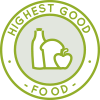 One Community is forwarding sustainable circular economies through Highest Good food that is more diverse, more nutritious, locally grown and sustainable, and part of our open source botanical garden model to support and share bio-diversity:
One Community is forwarding sustainable circular economies through Highest Good food that is more diverse, more nutritious, locally grown and sustainable, and part of our open source botanical garden model to support and share bio-diversity:
-
-
- Learn about the structures: Hoop House Hub | Aquapini & Walipini Open Source Hub
- See what we’ll be growing: Gardens & Hoop Houses | Large-scale Structures | Food Forest | TA
-
This week, the core team continued writing the behind-the-scenes narrative and detailed food rollout plan for the various stages of development. This week we watched videos on goat care and fencing, created our initial drawing for the size of the goat pen, and organized and detailed the related equipment, materials, and information into a timeline for implementation. You can see some of this behind-the-scenes work here.
Guy Grossfeld (Graphic Designer) also completed his 8th week working on creating an open source icon and symbol set for our permaculture designs. What you see here are the icons created so far.
SUSTAINABLE CIRCULAR ECONOMIES: HIGHEST GOOD EDUCATION PROGRESS
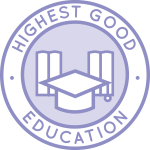 One Community is building the foundations for how humanity creates a sustainable world through Highest Good education that is for all ages, applicable in any environment, adaptable to individual needs, far exceeds traditional education standards, and more fun for both the teachers and the students. This component of One Community is about 95% complete with only the Open Source School Licensing and Ultimate Classroom construction and assembly details remaining to be finished. We’ll report on the final two elements to be finished as we develop them.
One Community is building the foundations for how humanity creates a sustainable world through Highest Good education that is for all ages, applicable in any environment, adaptable to individual needs, far exceeds traditional education standards, and more fun for both the teachers and the students. This component of One Community is about 95% complete with only the Open Source School Licensing and Ultimate Classroom construction and assembly details remaining to be finished. We’ll report on the final two elements to be finished as we develop them.
With over 8 years of work invested in the process, the sections below are all complete until we move onto the property and continue the development and open sourcing process with teachers and students – a development process that is built directly into the structure of the education program and everything else we’re creating too:
- Program Overview: Education Open Source Hub
- How the components work together: How to use the Education for Life Program
- Lesson Plans for Life – Lesson Plans How-to
- Foundations of Outstanding Leaders, Teachers, and Communicators
- Curriculum for Life
- Teaching Strategies for Life
- Learning Tools and Toys for Life
- Evaluation and Evolution
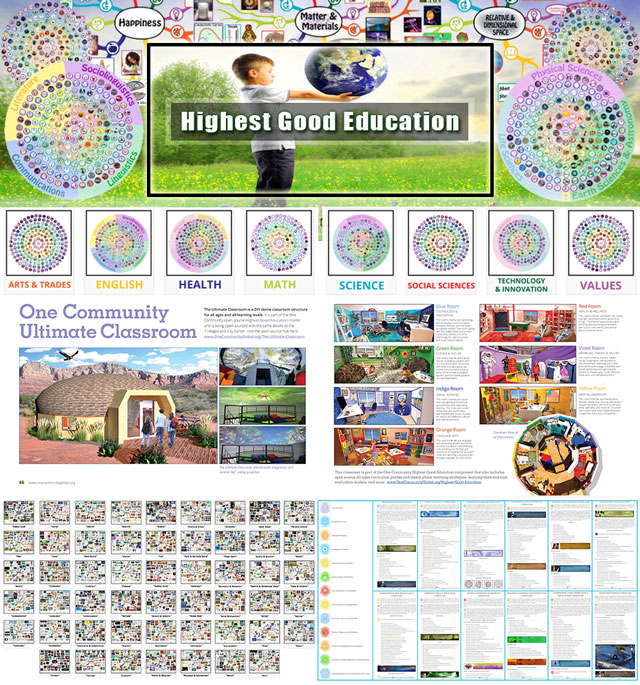
Highest Good Education: All Subjects | All Learning Levels | Any Age – Click for the open source hub
SUSTAINABLE CIRCULAR ECONOMIES: HIGHEST GOOD SOCIETY PROGRESS
 One Community is forwarding sustainable circular economies through a Highest Good society approach to living that is founded on fulfilled living, the study of meeting human needs, Community, and making a difference in the world:
One Community is forwarding sustainable circular economies through a Highest Good society approach to living that is founded on fulfilled living, the study of meeting human needs, Community, and making a difference in the world:
-
-
- Read the Highest Good society overview: Highest Good Society
- Learn about the model for fulfilled living and sharing: A Day in the Life
- Learn about the 4 economic models: RBE | For-profit | Non-profit | Entrepreneurship
- Learn about our open source community collaboration and management software: The Highest Good Network
-
This week Emilio Nájera (Digital Marketer) continued with his 20th week as part of the marketing team. This week’s focus was refactoring the Sustainability, Water-saving Toilets, and Water-saving Shower Heads keyword strategies. You can see some of this work here.
In addition to this, the Highest Good Network software team consisting of Jordan Miller (Web Developer), Tyler Calvert (Full-stack Software Engineer), and Justin Kunz (Software Engineer) continued developing the software. This week the team completed the Admin View on the teams and projects pages, finished the UI for user management, started discussing aesthetic upgrades and chose some initial color palettes, further developed the time entries options, and fixed all the folder and component names. You can see some of this work here.
AND WE PRODUCED THIS WEEKLY UPDATES BLOG – CLICK HERE TO SUBSCRIBE
FOLLOW ONE COMMUNITY’S PROGRESS (click icons for our pages)
INVESTOR PAGES
GET INVOLVED
CONSULTANTS ● WAYS ANYONE CAN HELP ● MEMBERSHIP
CLICK HERE FOR ALL PAST UPDATES
WHAT ONE COMMUNITY IS CREATING
One Community is creating a place to grow together and change the world together. We are creating a space that helps each other live in integrity with each other and the planet as we strive to be the greatest versions of ourselves. We do this by harmoniously respecting each other, nature, and the rest of our one shared planet, while fostering sustainable circular economies.
Our goal is to demonstrate what we feel is the most sustainable, healthy, and fun environment we can create. A place based on compassion, kindness, and collaboration, while fostering sustainable circular economies. This replicable community will serve as an example of what is possible.
Throughout our design process, we are open sourcing and free-sharing everything needed for construction and replication. This includes what we call “Highest Good” approaches to food, energy, housing, education, for-profit and non-profit economics design, social architecture, fulfilled living, stewardship practices, and moreall geared towards fostering sustainable circular economies. We are creating these resources for implementation as individual components or complete developments called teacher/demonstration hubs. These hubs will help launch additional hubs as awareness and knowledge grow.
BUILDING THE FIRST OF MANY
One Community will be the first teacher/demonstration hub. It will function as an experiential-learning model that facilitates mass participation to address humanity’s most pressing challenges through: A replicable model for expansion, building seven self-sufficient village/city prototypes, becoming the world leader in open-source sustainability solutions, and evolving and expanding ALL aspects of sustainable living, including sustainable circular economies.
WHY ONE COMMUNITY IS CREATING THIS
The One Community self-replicating model is capable of creating a sustainable planet within 30 years. We will achieve this by establishing successful teacher/demonstration hubs on every continent. Villages include designs appropriate for each of the five main types of climates. They also include options for even the most challenged economies, all while fostering sustainable circular economies. These hubs will collaborate with one another, share ideas, and resources, and work together as a network to heal the planet. They will also transform the global lifestyle into a more enjoyable, fulfilling, healthy, and sustainable one.
The specifics of how One Community is accomplishing this can be found on the One Community Solution Model to Create Solution-creating Models Page. Research supporting and showing the benefits of a model like this can be found in our Research and Resources Articles Archive, including discussions on sustainable circular economies.
Even if we don’t achieve our ultimate goal of global transformation, a self-replicating teacher/demonstration model like this will take a relatively short period of time to positively affect millions while inspiring millions more. For One Community residents (the Pioneer Team), the idea of creating and sharing the social and recreational experience with visitors is also fun, exciting, fulfilling, and an additional reason why we are creating this, with a focus on fostering sustainable circular economies.
INSPIRING SUSTAINABILITY WITH OPEN SOURCE
One Community’s four-phase strategy for the creation of solution models that create solution creating models uses open source blueprints for duplication that simultaneously address all aspects of the human experience (food, energy, housing, education, social inequality and injustice, fulfilled living, etc.), with a focus on fostering sustainable circular economies. We see these areas as interdependent and requiring a comprehensive solution if humanity is to move ecologically, socially, economically, and permanently towards a truly sustainable future for everyone.
Our open source model and blueprints engage and inspire people while simultaneously making sustainable living more affordable and easy to replicate. By free-sharing the step-by-step plans people need for duplication, inviting people to participate, and demonstrating sustainable teacher/demonstration hubs as a more desirable way of living, the model will predictably expand on its own, fostering sustainable circular economies.
It is this approach we see uniting the world and leading to a new Golden Age for humanity. While we understand that not everyone believes this is even possible, we are nonetheless bringing together all those that do see this as possible as the non-profit think tank of forward-thinking individuals willing to design, build, and open source project-launch blueprint and free-share it for The Highest Good of All, with a focus on fostering sustainable circular economies.
COMPREHENSIVE SOLUTION TO HUMANITY’S NEEDS
One Community is open source sharing an evolution of sustainable living that addresses the complete human experience. We are doing this because we see the solutions for global food, housing, energy, education, social inequality, ethical business practices, earth regenerative practices, and a desire for a more fulfilling living experience as inseparably interconnected. As a comprehensive solution, we are addressing all these areas simultaneously and open source free-sharing everything needed for individual duplication and/or duplication as complete self-replicating teacher/demonstration communities, villages, and cities to be built around the world, with a focus on fostering sustainable circular economies.
As we address and open source share these areas we will establish a living example of the first teacher/demonstration village purposed to teach others. To maximally facilitate duplication, One Community will provide seven duplicable examples and function indefinitely as a place people can visit and a non-profit and open source think tank continuing to further evolve and share solutions in all of the above areas and more. We will also provide hands-on experience and training. Most importantly, growing upon our sustainable foundation, we will endlessly make this comprehensive solution even more widely known and globally accessible, understandable and diversely duplicable, and inspiring and desirable as a model worth duplicating, with a focus on fostering sustainable circular economies.
GLOBALLY IMPLEMENTABLE REPLICATION MODEL
The more people that are inspired and desiring for themselves what it is that One Community creates, the more demand there will be for spreading the One Community model. This leads to the directing of financial resources and resourceful people where we believe they are needed most: the establishment of additional sustainable communities around the world. We also feel this duplication will specifically happen quickly internationally due to the affordability of overseas land, less restrictive building environments, and the spirit of adventure in many people who really desire to make a difference for those who need it most, with a focus on fostering sustainable circular economies.
To meet the increasing demand for sustainability that we are contributing to, we are coordinating with manufacturers, education institutions, individuals, and vendors. This is also part of this model to help the world. Its purpose is to facilitate more engagement in the sustainability industry, produce the absolute best possible consumer value, and the most convenient delivery of goods and methodologies for building sustainable living communities and sustainable living components, thereby promoting sustainable circular economies.
This means we not only provide education and increase needed sustainability resources, but we also address the underlying roadblocks to a sustainable planet by decreasing the cost and simultaneously increasing the demand and generating financial support for global sustainability, philanthropy, and humanitarian movements and organizations, thereby fostering sustainable circular economies.
As demand increases, so too will the ways to participate. Right now people are participating as consultants or partners donating time to our 501(c)(3) nonprofit organization, and others are more involved as Pioneers of the core team that will be moving to the property. We also have options for people to just follow our progress or participate through internet contribution, fostering sustainable circular economies.
Once the supportive physical infrastructure is about 30% developed, One Community will be ready to additionally expand what we offer to include scholarships, free weekend learning groups, core team members choosing to travel abroad to help others get established too, handling the marketing for all similar models operating for The Highest Good of All, and hosting classes and other sponsored events to promote and demonstrate additional methodologies, all contributing to sustainable circular economies.
We also imagine the high likelihood that our organization will become a foundation that can be trusted as the donation point for the distribution of monies to help others to establish this model also, thereby further promoting sustainable circular economies.
 One Community
One Community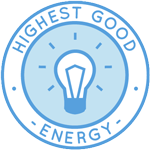

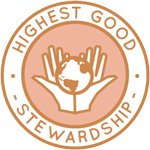
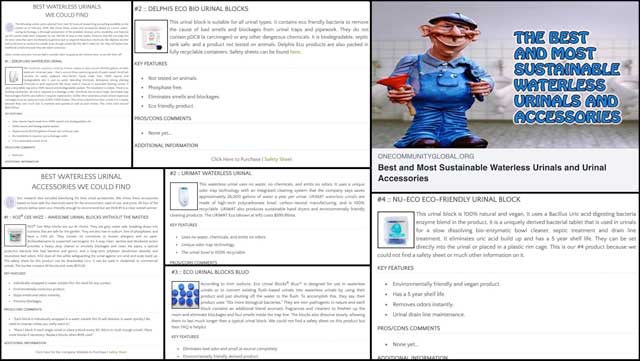
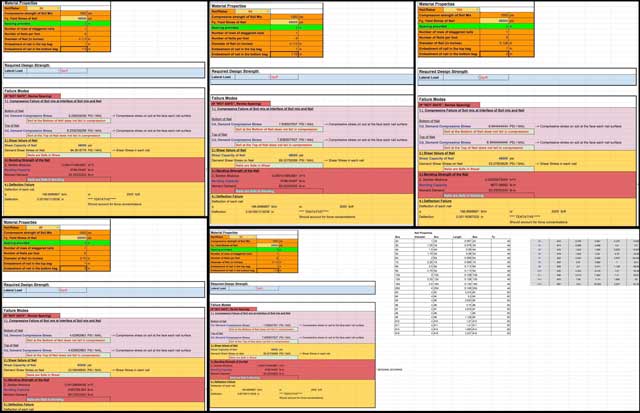
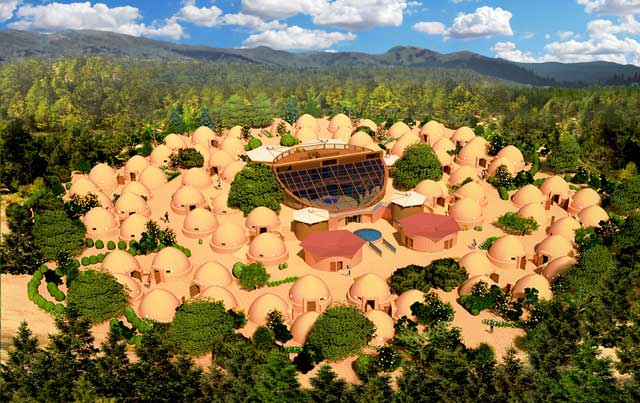
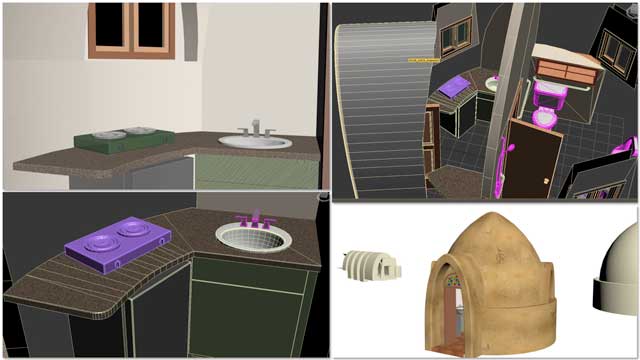
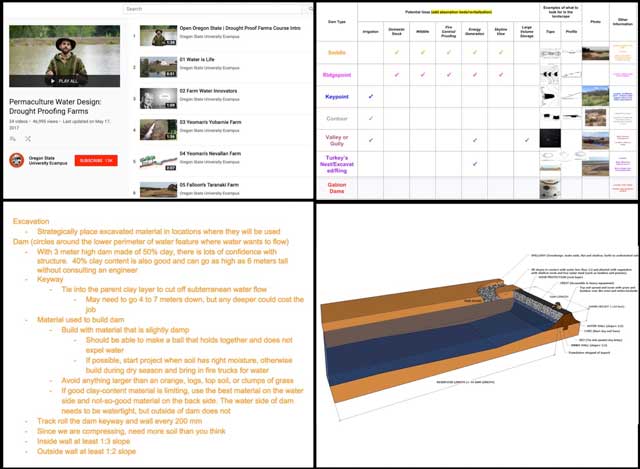
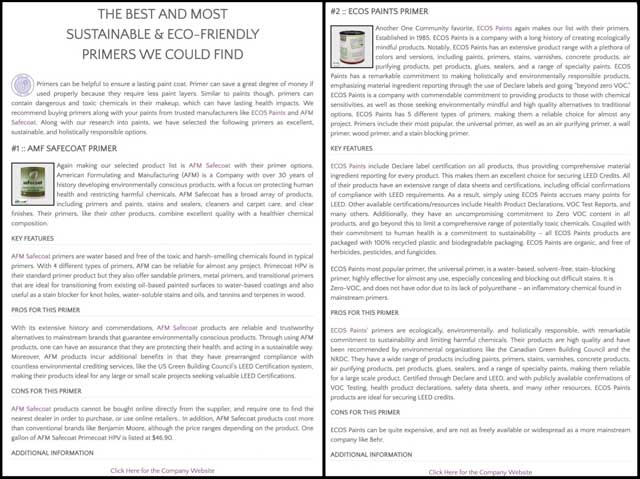

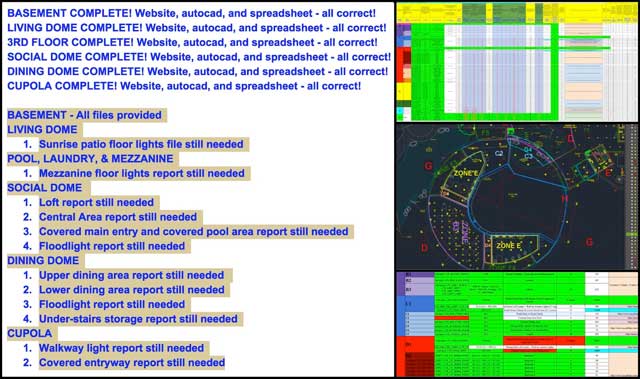
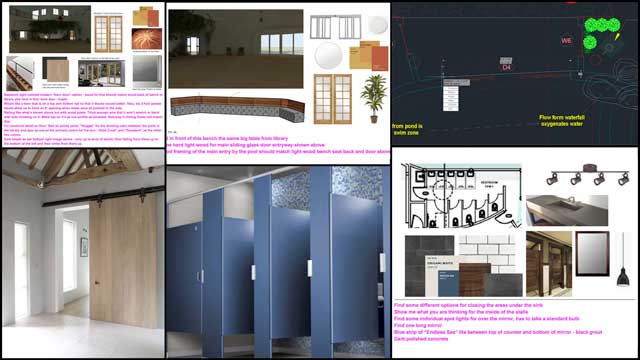
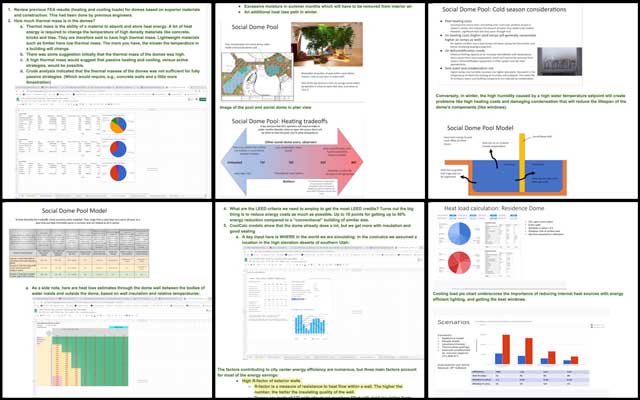
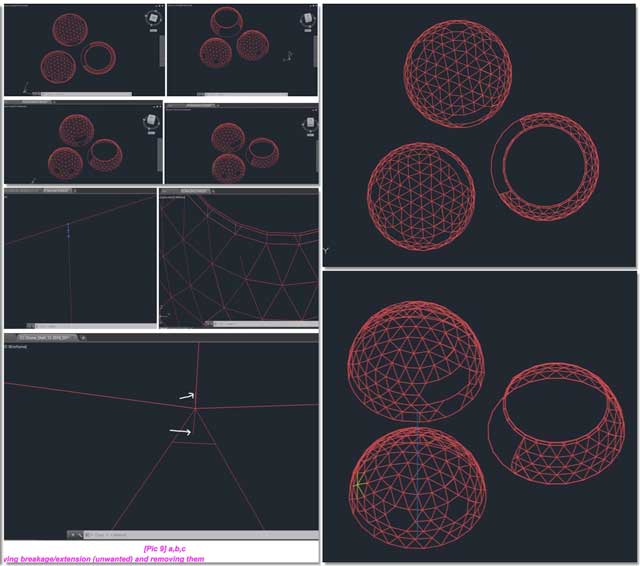
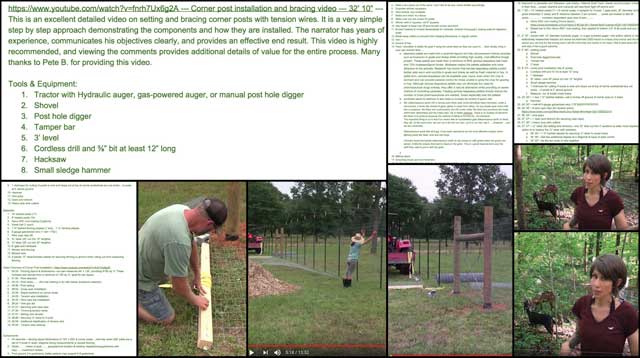
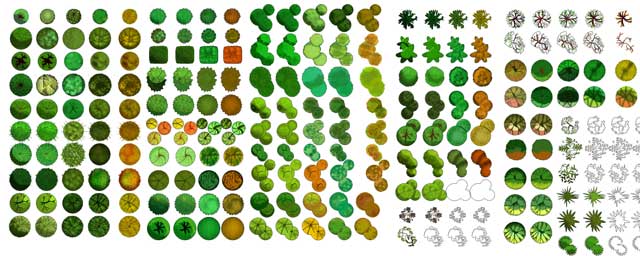
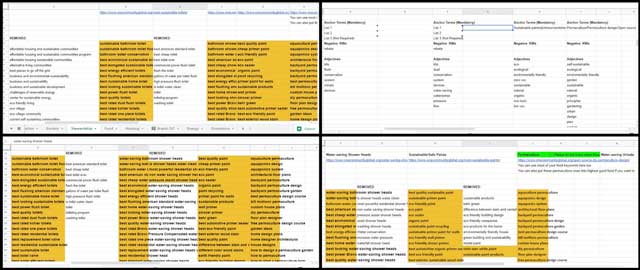
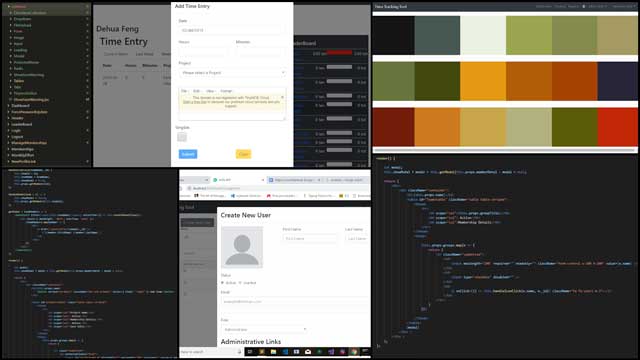
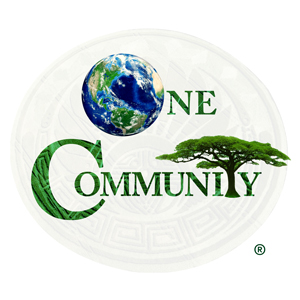


Connect with One Community